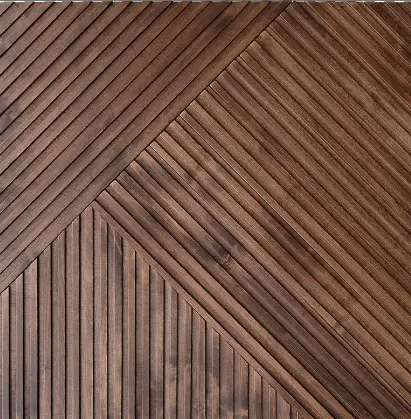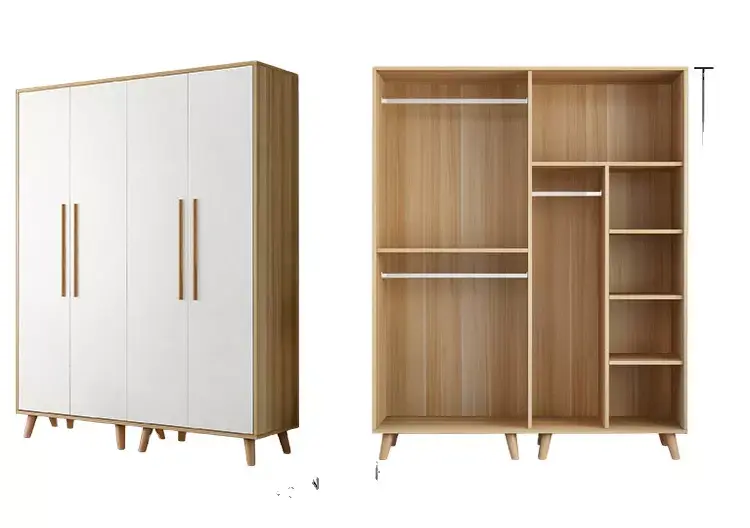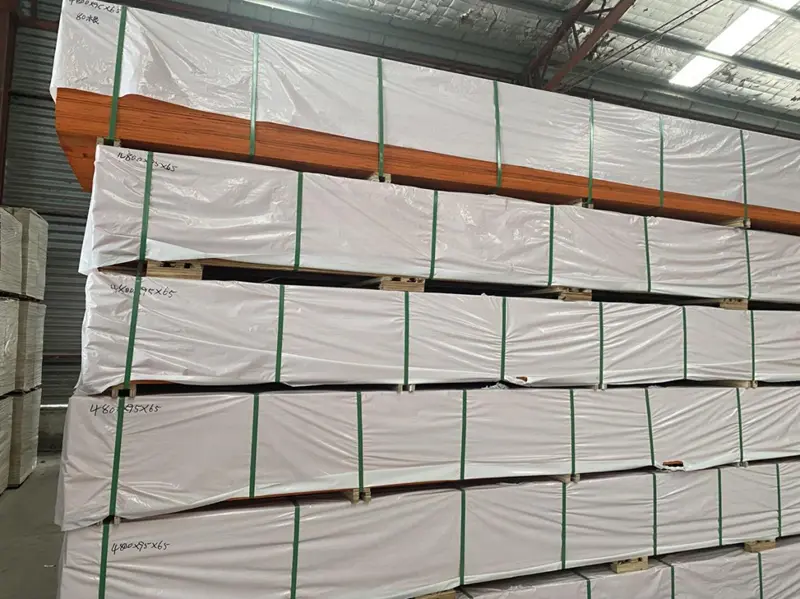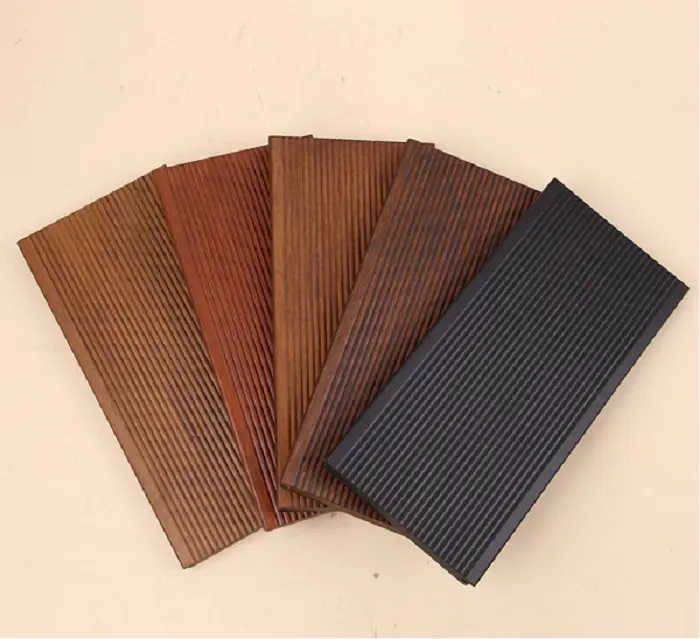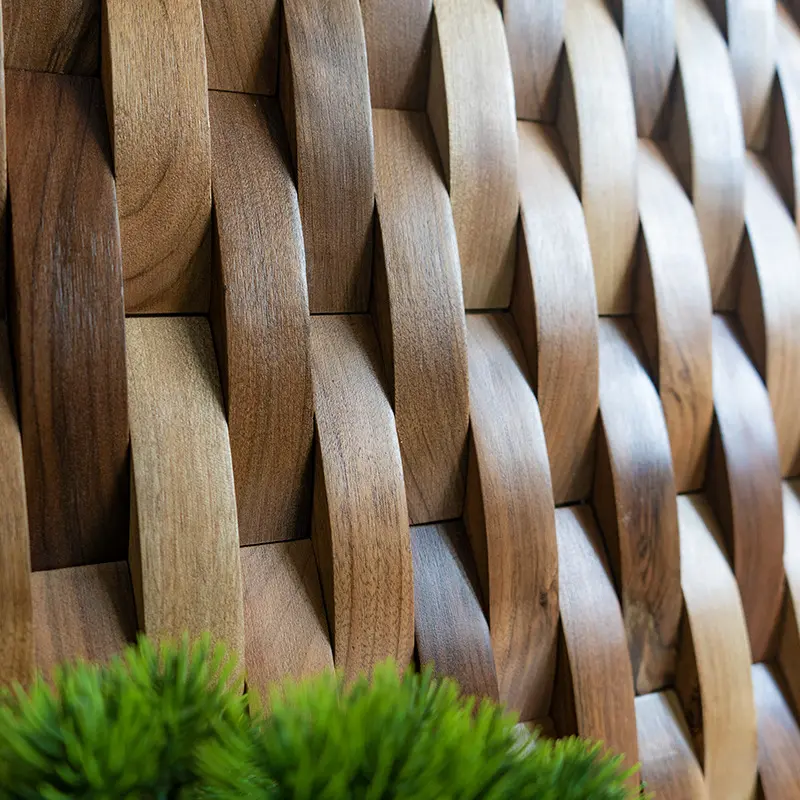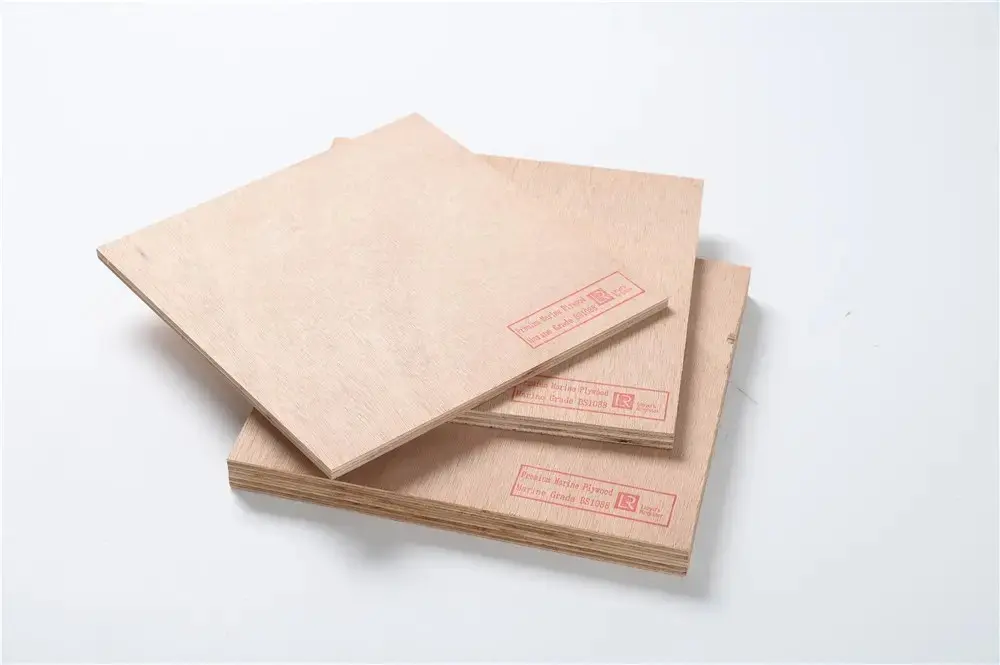I Joist: A Comprehensive Introduction
In the realm of modern construction, I joists have emerged as a popular and innovative choice for various structural applications.
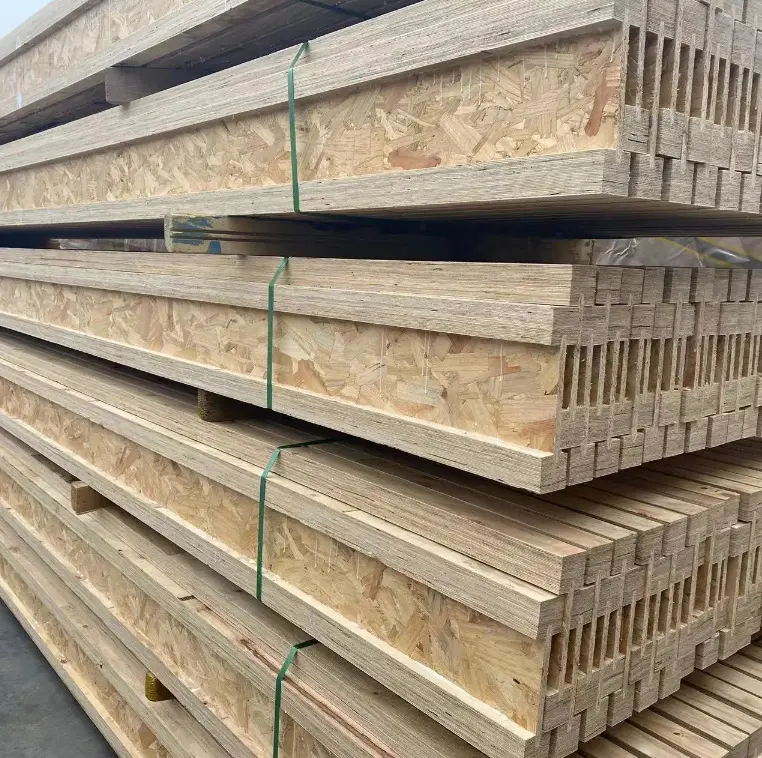
Definition and Structure
An I joist, also known as a flanged I beam, is a type of engineered wood product. It gets its name from its cross - sectional shape, which resembles the letter “I”. The I joist consists of two main components: the flanges and the web. The flanges, typically made of Laminated Veneer Lumber (LVL) or solid sawn lumber, are located at the top and bottom of the joist. These flanges are responsible for resisting the bending and tensile forces that act on the joist. The web, which is the vertical part connecting the two flanges, is usually made of Oriented Strand Board (OSB) or plywood. The web helps to keep the flanges in place and provides shear resistance.
Advantages of I Joists
Lightweight yet Strong
One of the primary advantages of I joists is their excellent strength - to - weight ratio. Compared to traditional solid sawn Lumber Joists, I joists are significantly lighter. This makes them easier to handle and install on the job site. For example, a crew can move and position I joists more quickly, reducing labor time and costs. Despite their lighter weight, I joists are engineered to be extremely strong. They can support substantial loads, making them suitable for a wide range of applications, from residential floors to commercial roofs.
Dimensionally Stable
I joists are highly dimensionally stable. They are less prone to warping, twisting, and shrinking compared to solid sawn lumber. This is because the engineered construction of I joists, with their combination of different materials, helps to minimize the effects of moisture and temperature changes. In a building, dimensional stability is crucial as it helps to prevent issues such as floor squeaks, misaligned walls, and uneven ceilings.
Design Flexibility
I joists offer a great deal of design flexibility. They can be manufactured in various lengths, widths, and depths to meet the specific requirements of a project. Additionally, some I joist series are available with tapered profiles. This allows architects and engineers to create unique and innovative designs. For instance, tapered I joists can be used in sloped roofs or in areas where a specific pitch or angle is required.
Cost - Effective
In many cases, I joists prove to be cost - effective. Their lightweight nature reduces transportation costs. The ease of installation also cuts down on labor costs. Moreover, because of their dimensional stability and long - lasting nature, they can reduce long - term maintenance and replacement costs. In a large - scale construction project, these cost savings can add up significantly.
Applications of I Joists
Residential Construction
In residential buildings, I joists are commonly used for floor and ceiling framing. They provide a solid and stable base for floors, ensuring a comfortable living environment. In multi - story homes, I joists can be stacked to support the weight of upper floors. They are also used in attic construction, where their light weight is an advantage, especially when working in tight spaces.
Commercial Construction
In commercial buildings, I joists are used in a variety of applications. They are often used in office buildings for floor and roof framing. In retail spaces, I joists can support the weight of heavy fixtures and equipment. Their design flexibility makes them suitable for creating large, open - plan areas in commercial buildings, as they can span long distances without the need for excessive intermediate supports.
Industrial Construction
Industrial facilities also benefit from the use of I joists. They can be used in the construction of warehouses, factories, and industrial sheds. I joists' ability to handle heavy loads makes them ideal for supporting the weight of machinery and storage racks in these industrial settings.
Installation Considerations
When installing I joists, it is important to follow the manufacturer's guidelines. Proper fastening techniques must be used to ensure that the joists are securely attached to the supporting structure. For example, the correct type and size of nails or screws should be used, and they should be placed at the appropriate intervals. Additionally, care must be taken to avoid over - drilling or cutting the I joists, as this can compromise their structural integrity. In some cases, blocking or bridging may be required between the joists to provide additional support and stability.
In conclusion, I joists are a versatile and valuable component in modern construction. Their unique combination of strength, light weight, dimensional stability, and design flexibility makes them a preferred choice for a wide range of projects, from small residential builds to large - scale commercial and industrial developments. As the construction industry continues to evolve, I joists are likely to play an even more significant role in future building projects.

